Ideal Timing for Foundation Repairs
Foundation repairs are most effectively performed during specific times of the year when weather conditions are optimal. Temperature fluctuations, moisture levels, and soil conditions can influence the success and longevity of repairs. Understanding the ideal timing helps ensure that repairs are durable and minimize the risk of future issues.
Spring offers moderate temperatures and increased moisture, which can facilitate certain foundation repair methods. However, excessive rain may delay work or affect soil stability.
Warm, dry weather in summer allows for steady repair work. Avoiding peak heat hours is recommended to prevent equipment overheating and ensure safety.
Fall provides cooler temperatures and less humidity, creating favorable conditions for foundation work. Soil moisture levels are also balanced, aiding in effective repairs.
Cold temperatures and potential frost can hinder foundation repairs. Frozen ground complicates excavation and stabilization efforts, making winter less ideal.
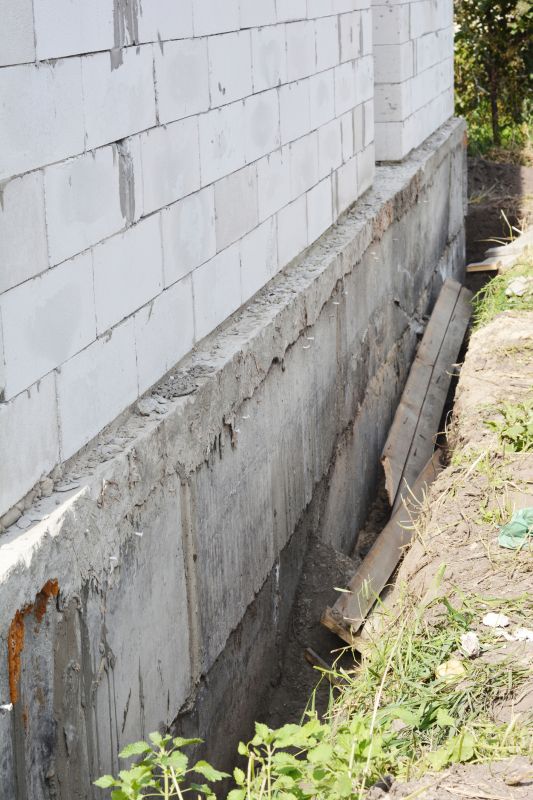
Springtime offers ideal conditions for foundation stabilization and repair work.
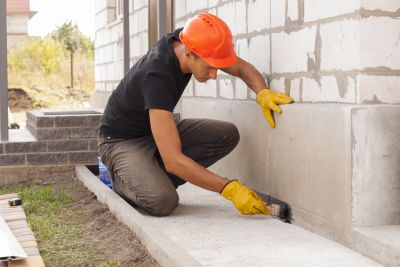
Warm weather supports effective repair processes and material curing.

Cooler temperatures and balanced soil moisture make fall suitable for repairs.
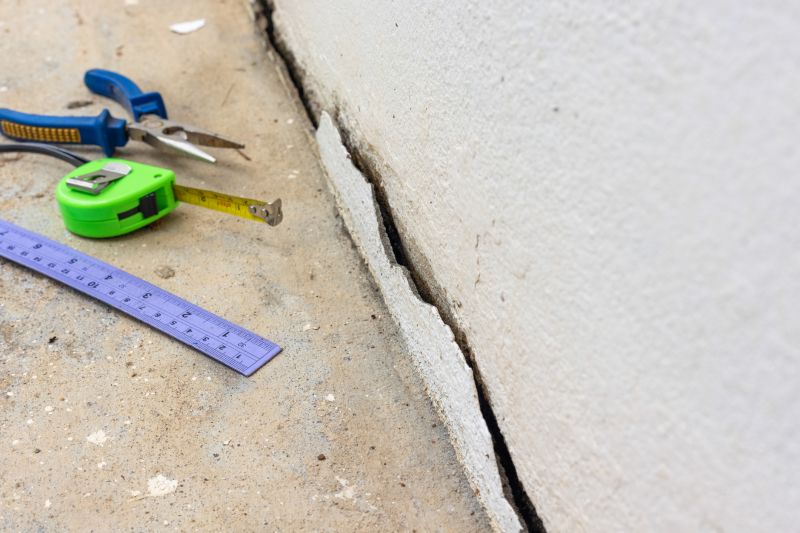
Ways to make Foundation Repairs work in tight or awkward layouts.

Popular materials for Foundation Repairs and why they hold up over time.

Simple add-ons that improve Foundation Repairs without blowing the budget.
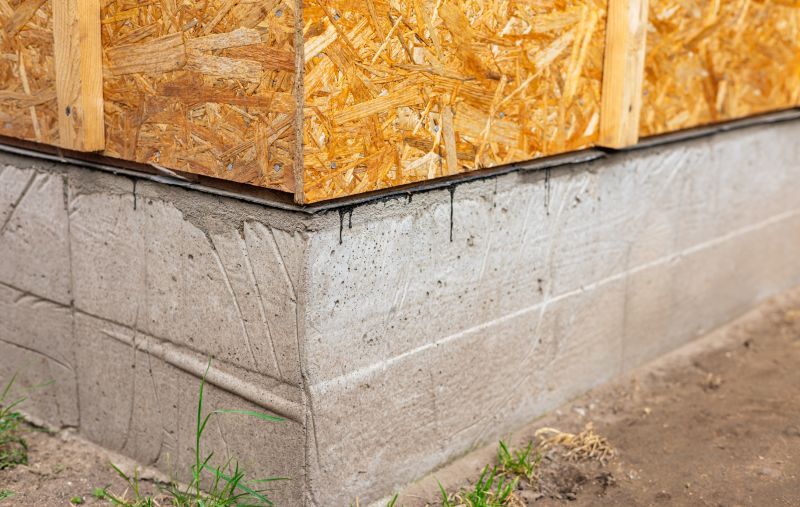
High-end options that actually feel worth it for Foundation Repairs.
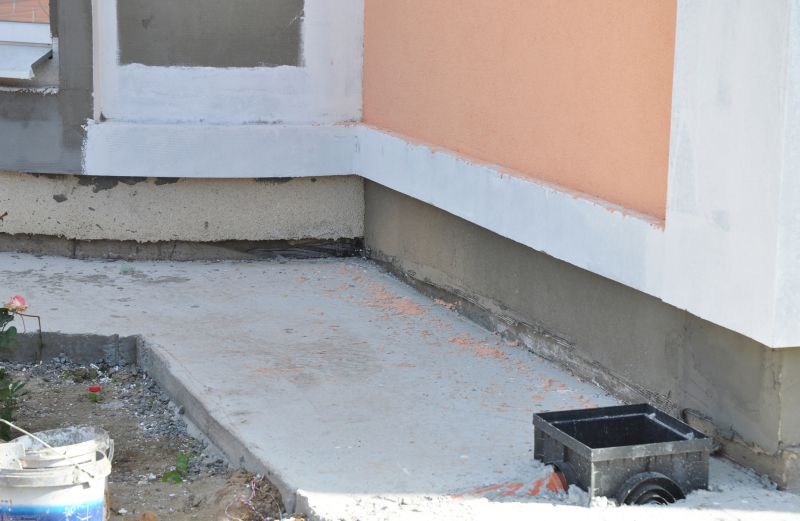
Finishes and colors that play nicely with Foundation Repairs.
| Season | Ideal Conditions |
|---|---|
| Spring | Moderate temperatures, increased soil moisture, less extreme weather |
| Summer | Warm, dry weather, longer daylight hours |
| Fall | Cooler temperatures, balanced soil moisture, moderate humidity |
| Winter | Cold temperatures, frost, frozen ground |
Foundation repairs involve stabilizing and reinforcing the structural base of a building to prevent further damage and ensure safety. Common issues addressed include settling, cracking, and shifting caused by soil movement, moisture changes, or poor construction. Proper timing of repairs can prevent escalation of problems and extend the lifespan of the foundation. Seasonal conditions directly impact the effectiveness of repair methods such as underpinning, piering, and sealing. Accurate assessment of soil and weather conditions is essential for planning successful foundation work.

Proper timing ensures foundation stabilization techniques are most effective.
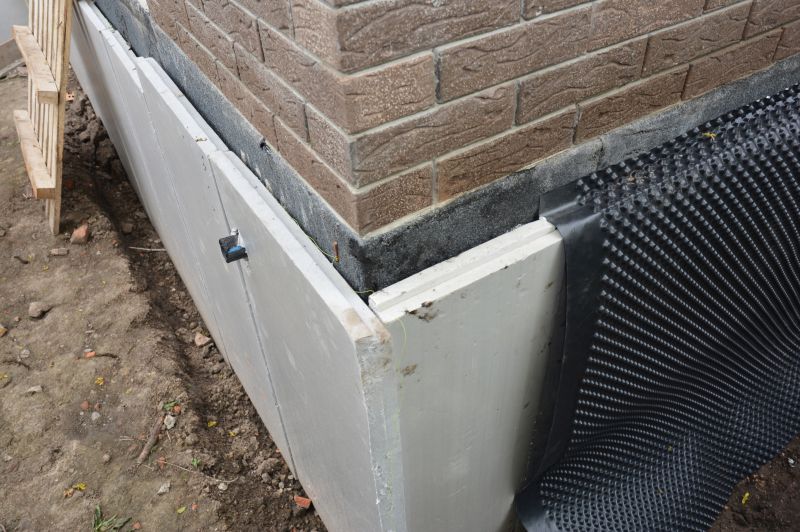
Seasonal soil moisture and temperature influence repair success.
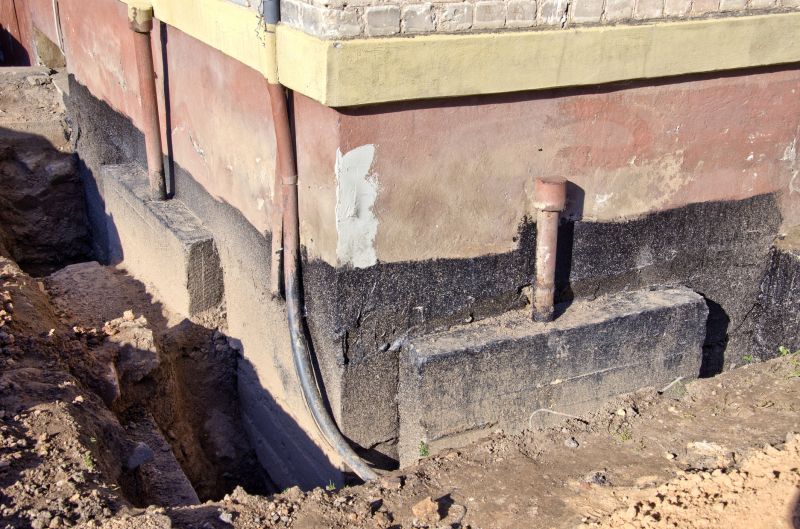
Methods like underpinning are best performed in suitable weather conditions.
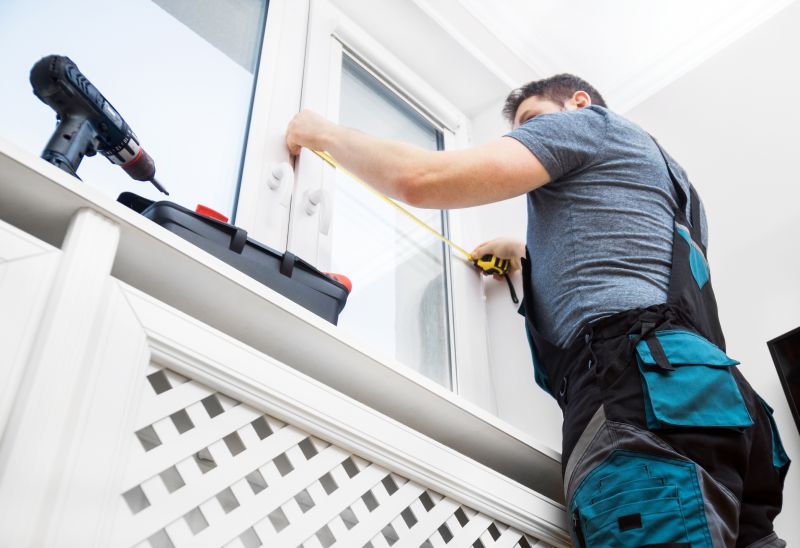
Little measurements that prevent headaches on Foundation Repairs day.
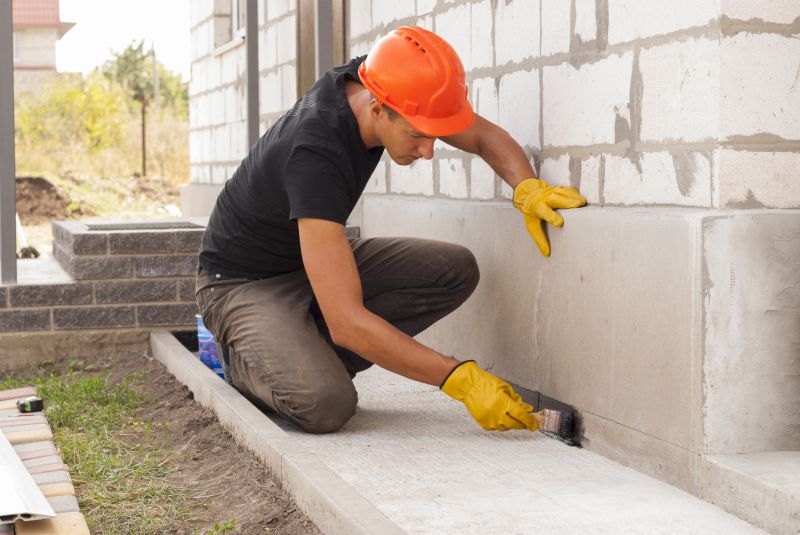
A 60-second routine that keeps Foundation Repairs looking new.

A frequent mistake in Foundation Repairs and how to dodge it.
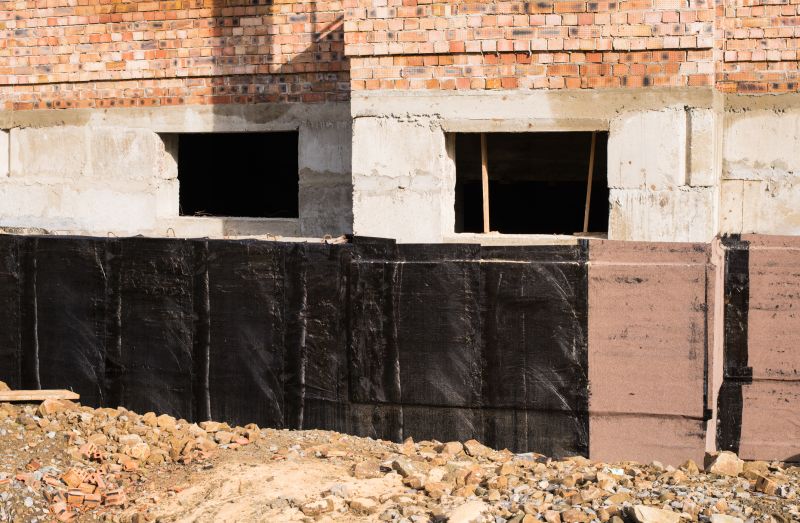
A step-by-step approach to stabilizing a foundation.
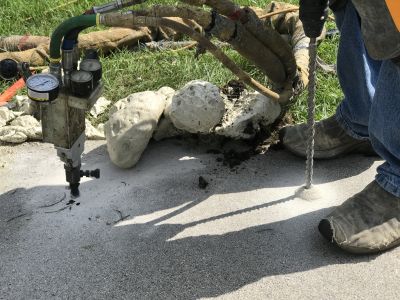
Specialized tools and machinery for foundation stabilization.
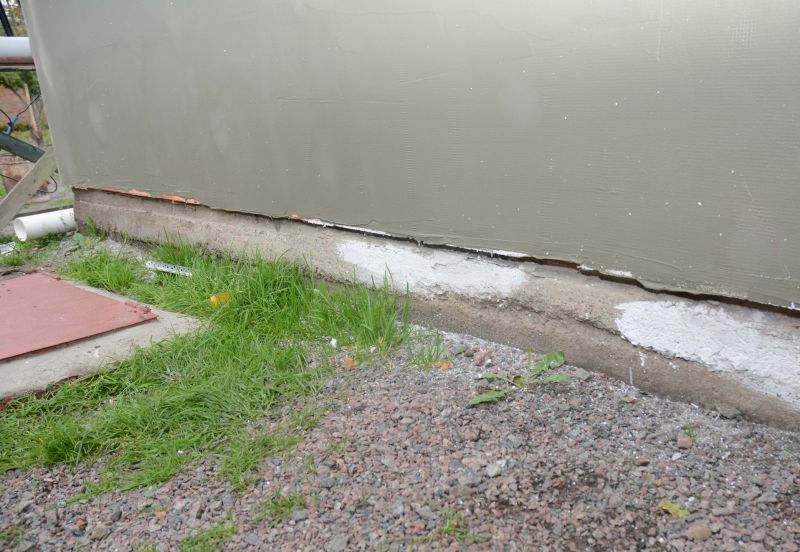
Visual improvements after foundation repair work.
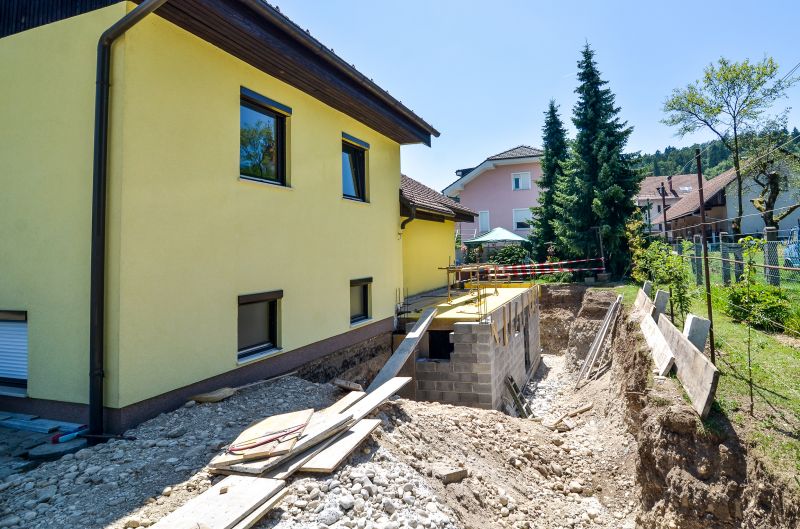
Assessment to determine the best timing and method for repairs.
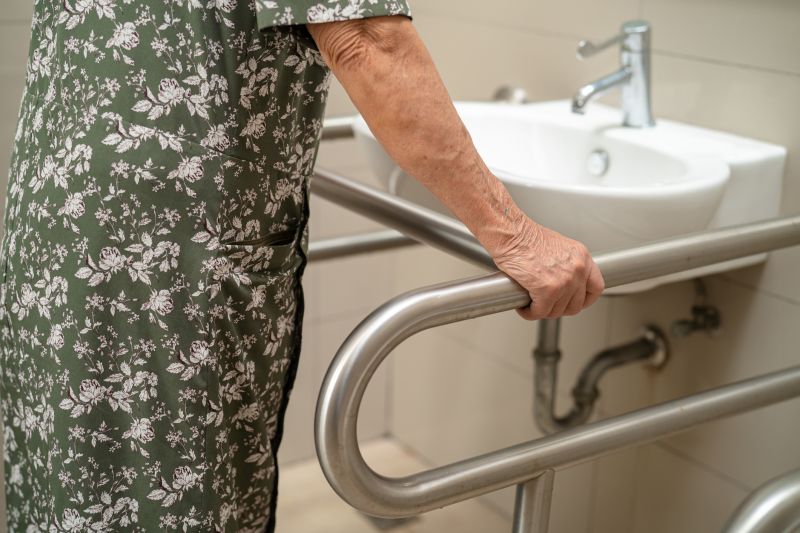
Small tweaks to make Foundation Repairs safer and easier to use.
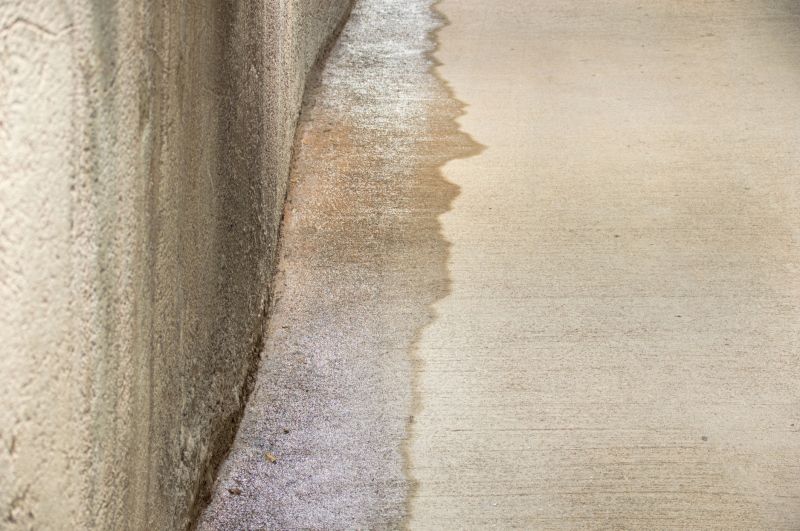
Lower-waste or water-saving choices for Foundation Repairs.

The short, realistic tool list for quality Foundation Repairs.
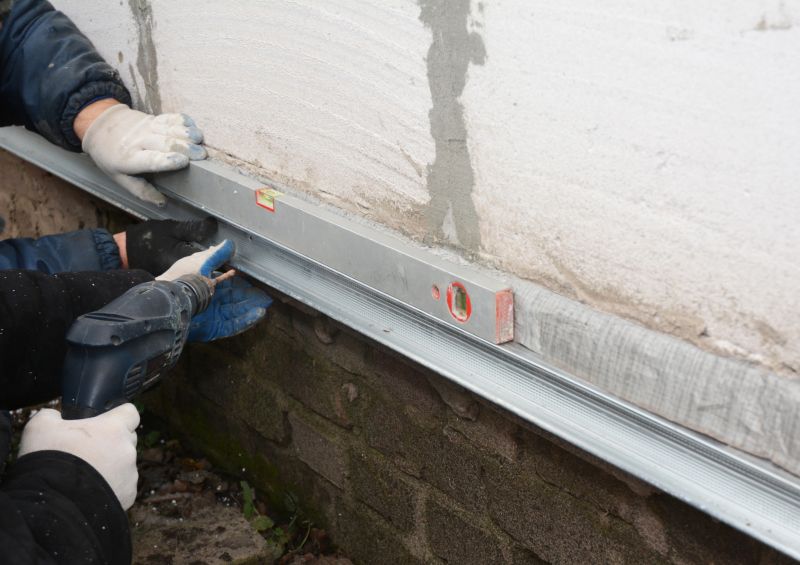
Rough timing from prep to clean-up for Foundation Repairs.
Interested in foundation repairs? Filling out the contact form can provide more information on scheduling and options tailored to specific needs. Proper timing and expert assessment are crucial for effective and lasting foundation stabilization.


